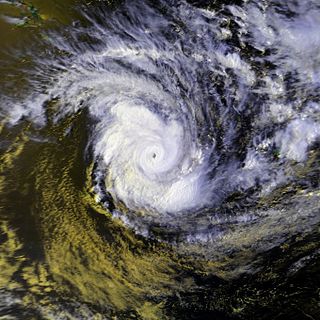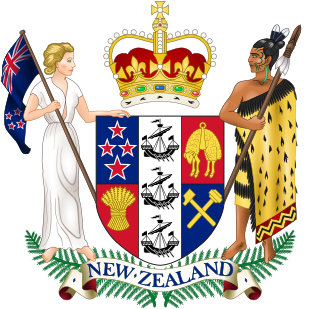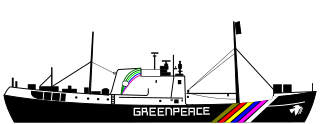 W
WThe New Zealand constitutional crisis of 1984 was an important constitutional and political event in the history of New Zealand. The crisis arose following the 1984 general election, and was caused by a major currency crisis. The crisis led the incoming government to review New Zealand's constitutional structures, which resulted in the Constitution Act 1986.
 W
WThe 1987 Edgecumbe earthquake measured 6.5 on the moment magnitude scale and struck the Bay of Plenty region of New Zealand at 1:42 pm on 2 March. The hypocentre was at a shallow depth of 8 km. The epicentre was 2.24 kilometres (1.39 mi) south-south-east of the town of Matata, and 15 kilometres (9.3 mi) north-north-west of Edgecumbe, on the Rangitaiki Plains. It was the most damaging earthquake New Zealand had experienced since the 1968 Inangahua earthquake.
 W
WThe 1987 New Zealand general election was a nationwide vote to determine the shape of the 42nd sitting of the New Zealand Parliament. The governing New Zealand Labour Party, led by Prime Minister David Lange, was re-elected for a second term, although the Opposition National Party made gains. The election also saw the elimination of the Democratic Party from Parliament, leaving Labour and National as the only parties represented.
 W
WCyclone Bola was one of the costliest cyclones in the history of New Zealand, causing severe damage as an extratropical cyclone when it passed near the country in March 1988. It formed on February 24 to the north of Fiji, and tracking generally southwestward it reached hurricane-force winds near Vanuatu on February 28. The next day it generated peak wind velocities of 195 km/h (120 mph), though it quickly weakened as it accelerated southward. On March 4, Bola transitioned into an extratropical storm, passing to the north of the North Island of New Zealand on March 8. It weakened further and was absorbed by a stationary trough near the South Island on March 12.
 W
WThe Food Act 1981 is a current Act of Parliament in New Zealand. It is administered by the Ministry for Primary Industries.
 W
WMS Mikhail Lermontov was an ocean liner owned by the Soviet Union's Baltic Shipping Company, built in 1972 by V.E.B. Mathias-Thesen Werft, Wismar, East Germany. It was later converted into a cruise ship. On 16 February 1986 she collided with rocks near Port Gore in the Marlborough Sounds, New Zealand, and sank, claiming the life of one of her crew members.
 W
WIn 1987, the Fourth Labour Government passed the New Zealand Nuclear Free Zone, Disarmament and Arms Control Act. The Act essentially declared New Zealand as a nuclear free zone. The purpose of the Act was ambitious and wide-ranging: “to establish in New Zealand a Nuclear Free Zone, to promote and encourage an active and effective contribution by New Zealand to the essential process of disarmament and international arms control”.
 W
WThe sinking of the Rainbow Warrior, codenamed Opération Satanique, was a bombing operation by the "action" branch of the French foreign intelligence services, the Direction générale de la sécurité extérieure (DGSE), carried out on 10 July 1985. During the operation, two operatives sank the flagship of the Greenpeace fleet, the Rainbow Warrior, at the Port of Auckland in New Zealand on its way to a protest against a planned French nuclear test in Moruroa. Fernando Pereira, a photographer, drowned on the sinking ship.
 W
WThe Royal Commission on the Electoral System was formed in New Zealand in 1985, and reported in 1986. The decision to form the Royal Commission was taken by the Fourth Labour government, after the Labour party had received more votes, yet won fewer seats than the National Party in both the 1978 and 1981 elections. It was also a reaction to the power displayed by Prime Minister Robert Muldoon, whose action of illegally abolishing the Superannuation scheme in 1975 without any repercussions highlighted the need to distribute power in a more democratic way. The Royal Commission's report Towards a Better Democracy was instrumental in effecting New Zealand to change its electoral system from first-past-the-post to mixed member proportional.
 W
WThink Big was an interventionist state economic strategy of the Third National Government of New Zealand, promoted by the Prime Minister Robert Muldoon (1975–1984) and his National government in the early 1980s. The Think Big schemes saw the government borrow heavily overseas, running up a large external deficit, and using the funds for large-scale industrial projects. Petrochemical and energy related projects figured prominently, designed to utilize New Zealand's abundant natural gas to produce ammonia, urea fertilizer, methanol and petrol.